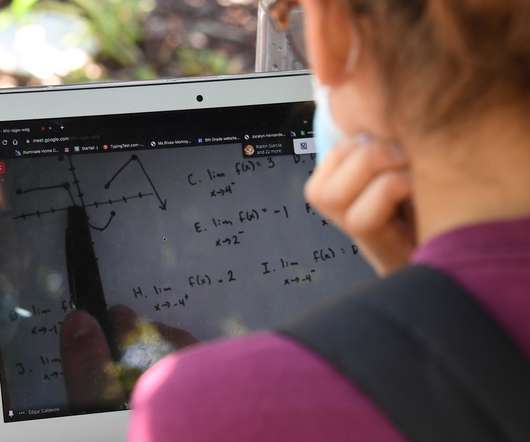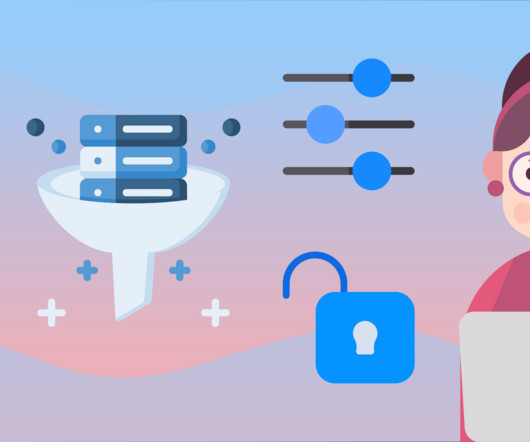PROOF POINTS: Third graders struggling the most to recover in reading after the pandemic
The Hechinger Report
DECEMBER 12, 2022
A new report by the nonprofit educational assessment maker NWEA documents that third graders are currently suffering the largest pandemic-related learning losses in reading , compared to older students in grades four to eight, and not readily recovering. Learning to read well in elementary school matters. Source: NWEA).






















Let's personalize your content